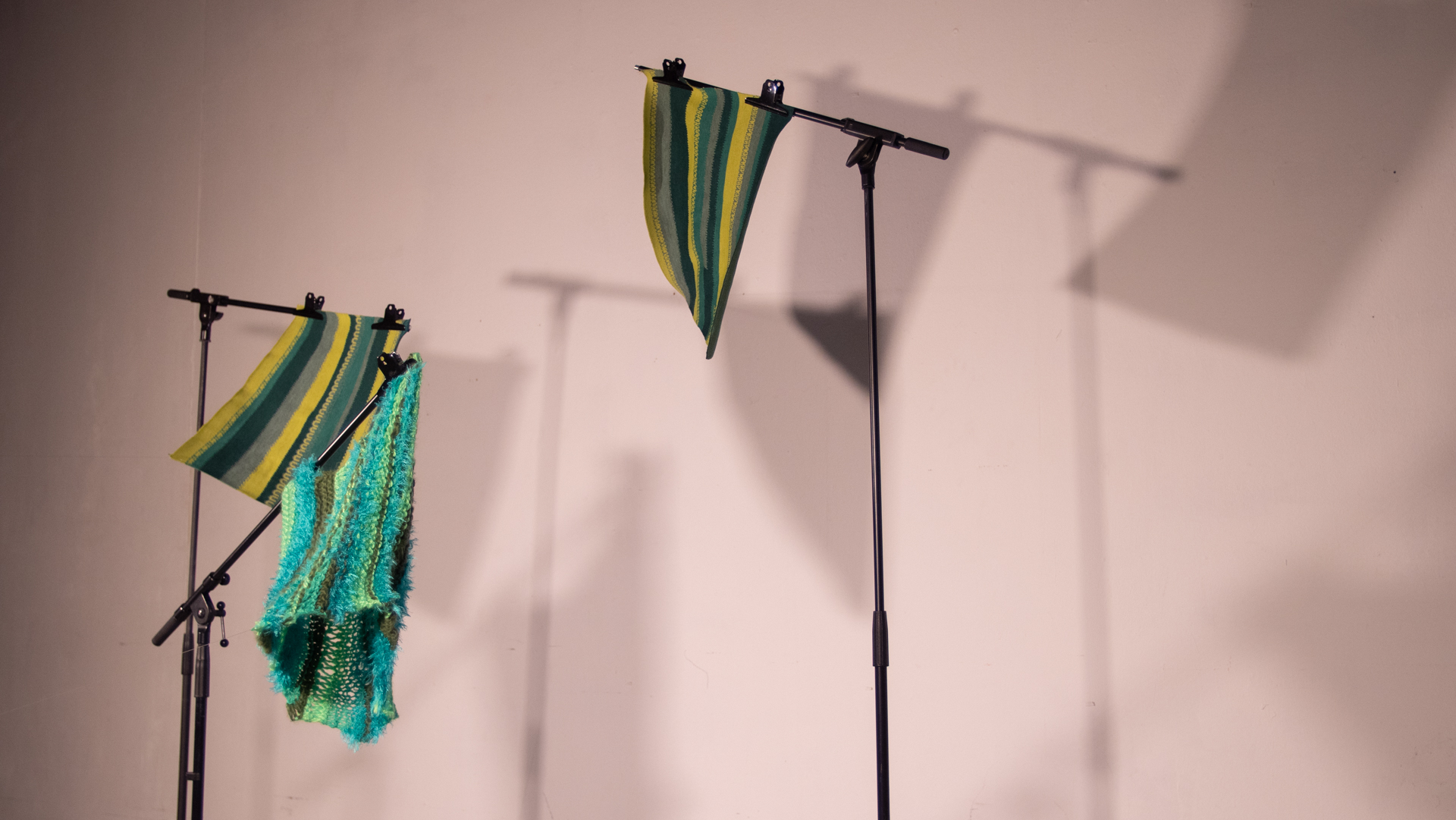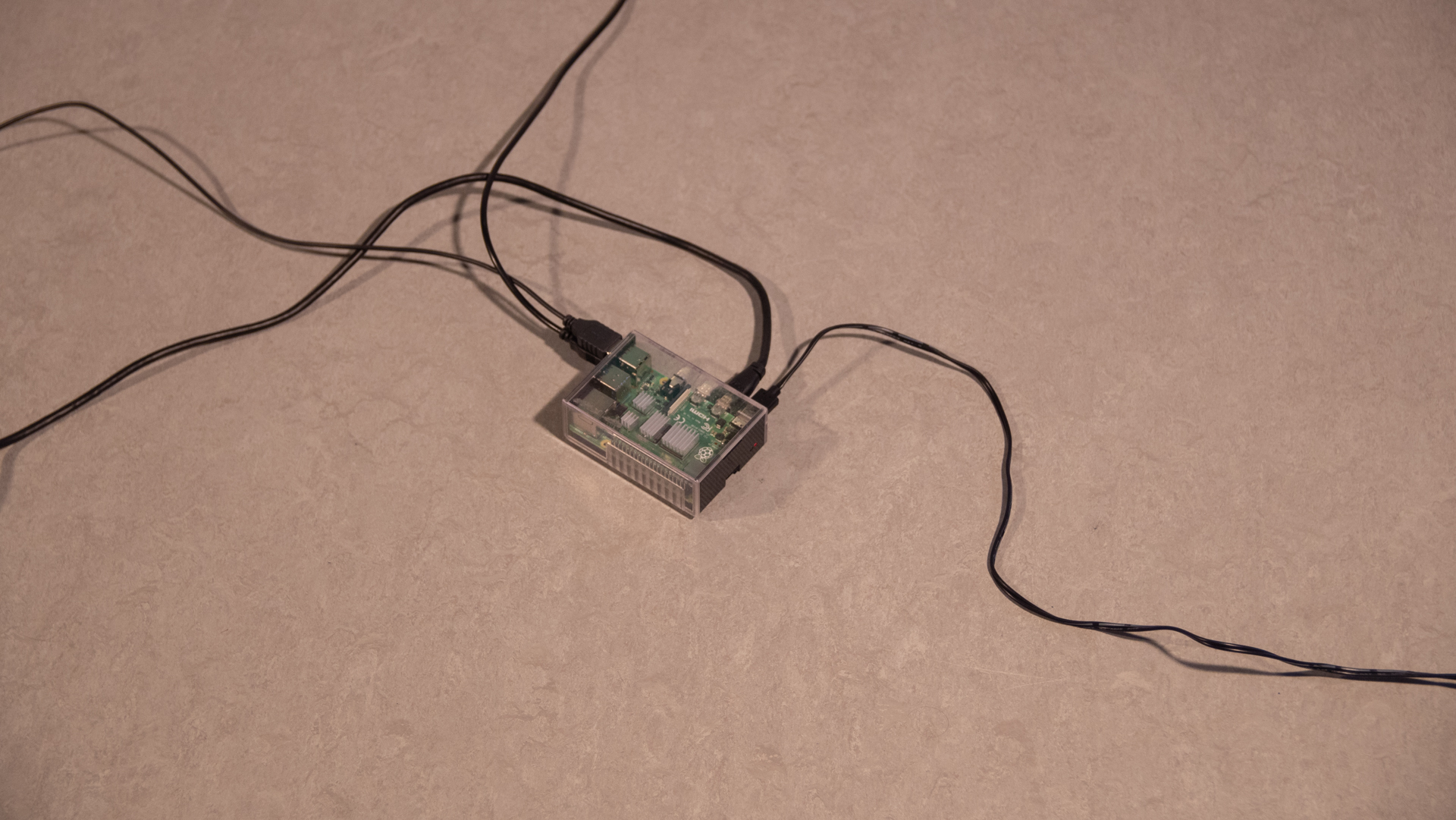This project explores translation and transformation: beginning with the haptic realm of a hand-knitted textile, rich in temporal complexities, colors, textures and emotions, the process shifts as these tangible elements are methodically encoded into digital text using p5.js. This translation, however, inevitably encounters a reduction in depth. Yet, through the subsequent conversion back into the tangible domain, the digital representation reclaims materiality, albeit with losses. This cyclical process prompts contemplation on the interplay of time, materiality, and perception between the corporeal and the incorporeal.
The hand-knitted vest, as a tangible expression of my labor, invested time and skills, becomes a manifestation of my being, a material extension of my identity and my self in a particular moment in time. In the process of translating this hand knitted vest into digital code in p5.js, a metaphysical reflection begins on the transformation of oneself into an abstract, coded, and symbolic form.
Language is not merely a tool of communication but a way of life, an embodiment of the human being in its entirety. In this context, the creation of the hand-knitted vest represents a form of non-verbal language, an authentic and personal expression of my being, with each stitch and strand reflecting thoughts, emotions, and experiences.
When translating this fabric into p5.js code, the question arises of how the complexity and singularity of the human being can be represented and expressed through algorithmic logic and digital abstraction.
The process of translating the hand-knitted vest into p5.js code is an exploration of the dual nature of the human being: the duality between the material and the abstract, the concrete and the symbolic. It reflects on how the singularity and complexity of human existence can be translated, albeit in a limited manner, into a digital language, representing a coded facet of my being in a non-material space.
This act of translation becomes an exercise about self-representation, identity, and humanity in a context where the tangible becomes a form of abstract and symbolic expression that challenges the boundaries of understanding and representation.
Analog-to-Digital Conversion (ADC):
The act of hand-knitting represents the analog world, where the tangible creation involves a continuous, unbroken process influenced by human touch, emotions, and physicality. This analog form embodies richness, imperfections, and depth, akin to an analog signal.
Translating the hand-knitted vest into p5.js code signifies the conversion into a digital format. This transition involves encoding the analog qualities – the textures, colors, emotions inherent in the physical creation – into discrete digital representations. It’s similar to converting an analog signal into a digital one, transforming the continuous into discrete units or pixels.
Digital-to-Analog Conversion (DAC):
Taking the digital vest into a Kniterate machine completes the cycle by undergoing a DAC process. The machine interprets the digital instructions, converting them back into a physical, tangible output. It interprets the digital signals, representing each pixel or code as a physical stitch, mirroring the original analog creation in a digital form.
This cycle of ADC to DAC represents a continuous transformation between the tangible, organic, and continuous analog expressions into discrete, coded, and digital representations and back. It prompts contemplation on the fidelity of translation, the loss or gain of information, and the essence that might be preserved or transformed through each conversion.














